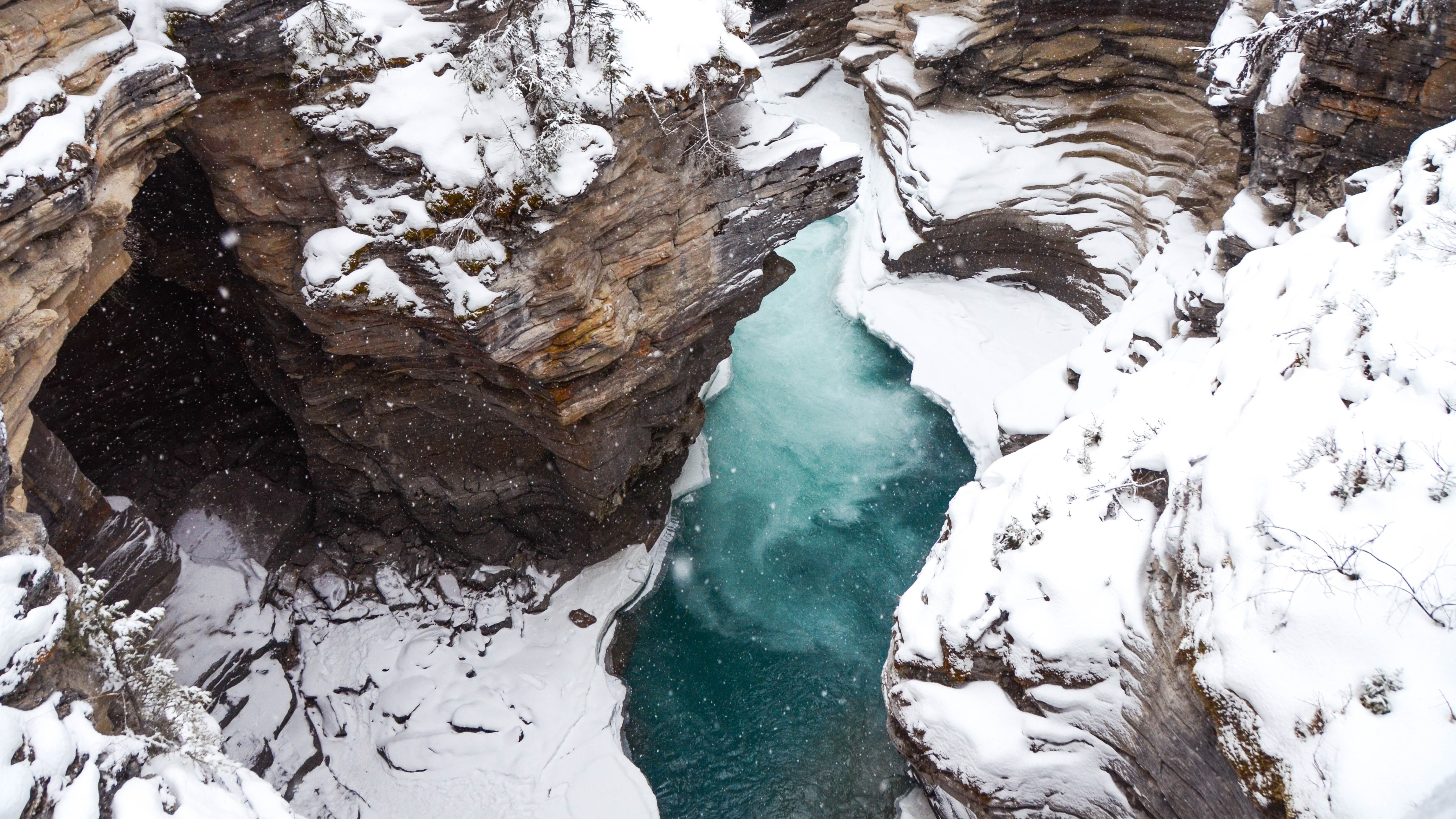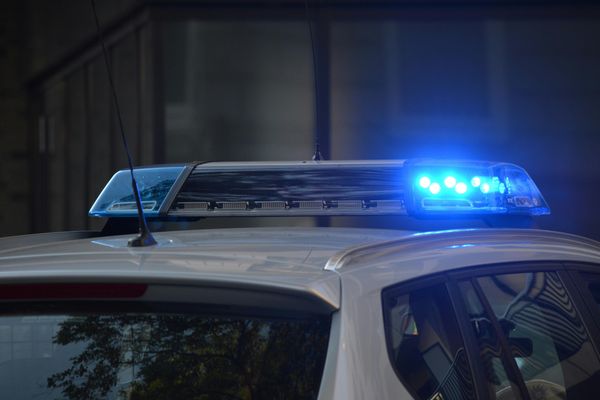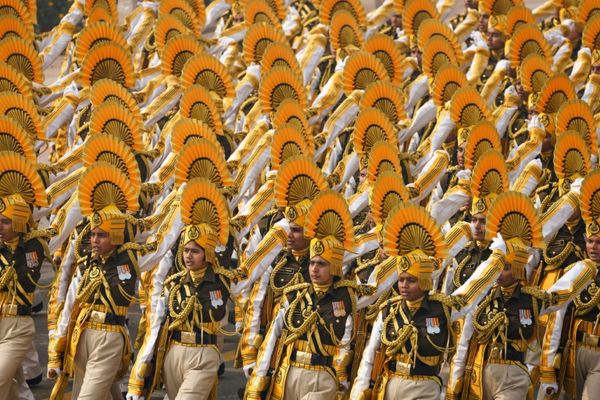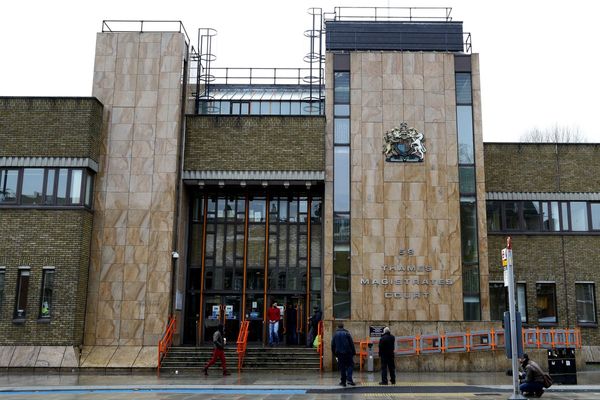
A man slipped and fell into the icy Athabasca River while searching for a lost drone in Jasper National Park last week. The incident was captured on camera by another park visitor, Kelly Shubert, who spotted the man edging around the fast flowing water looking for his missing gear.
The video, which you can watch below, was shared on Instagram account TouronsOfYellowstone, which highlights examples of bad behavior at National Parks. These are often close encounters with wildlife (such as tourists trying to pet bison or tease elk), but occasionally involve visitors playing fast and loose with Mother Nature.
Shubert can be heard calling to the man, telling him that getting so close to the raging water isn't worth the risk, but he continues searching regardless. Eventually he gives up and starts to make his way back, but slips while edging along a narrow, icy ledge and ends up being carried along by the river flowing through the bottom of the gorge.
Drones in National Parks
Recreational use of drones is forbidden in Jasper National Park. As Parks Canada explains, unmanned aerial vehicles (UAVs) are strictly limited, and anyone caught flying one within park boundaries without a permit could be arrested and charged, and may face a fine up to $25,000.
Parks Canada will only issue permits for public safety, natural or cultural resource management, law enforcement, or park or site management. There are no exceptions for photography and videography, and not even commercial filmmakers shooting with a permit are exempt.
The same is true in US National Parks, which banned use of drones in 2014 to avoid disturbing people and wildlife. Prior to the ban, there was at least one incident in which park wildlife were harassed using an UAV, plus several other reports of careless and antisocial behavior.
"Small drones have crashed in geysers in Yellowstone National Park, attempted to land on the features of Mount Rushmore National Memorial, been lost over the edge of the Grand Canyon, and been stopped from flying in Prohibited Airspace over the Mall in Washington DC," explains the National Park Service.







